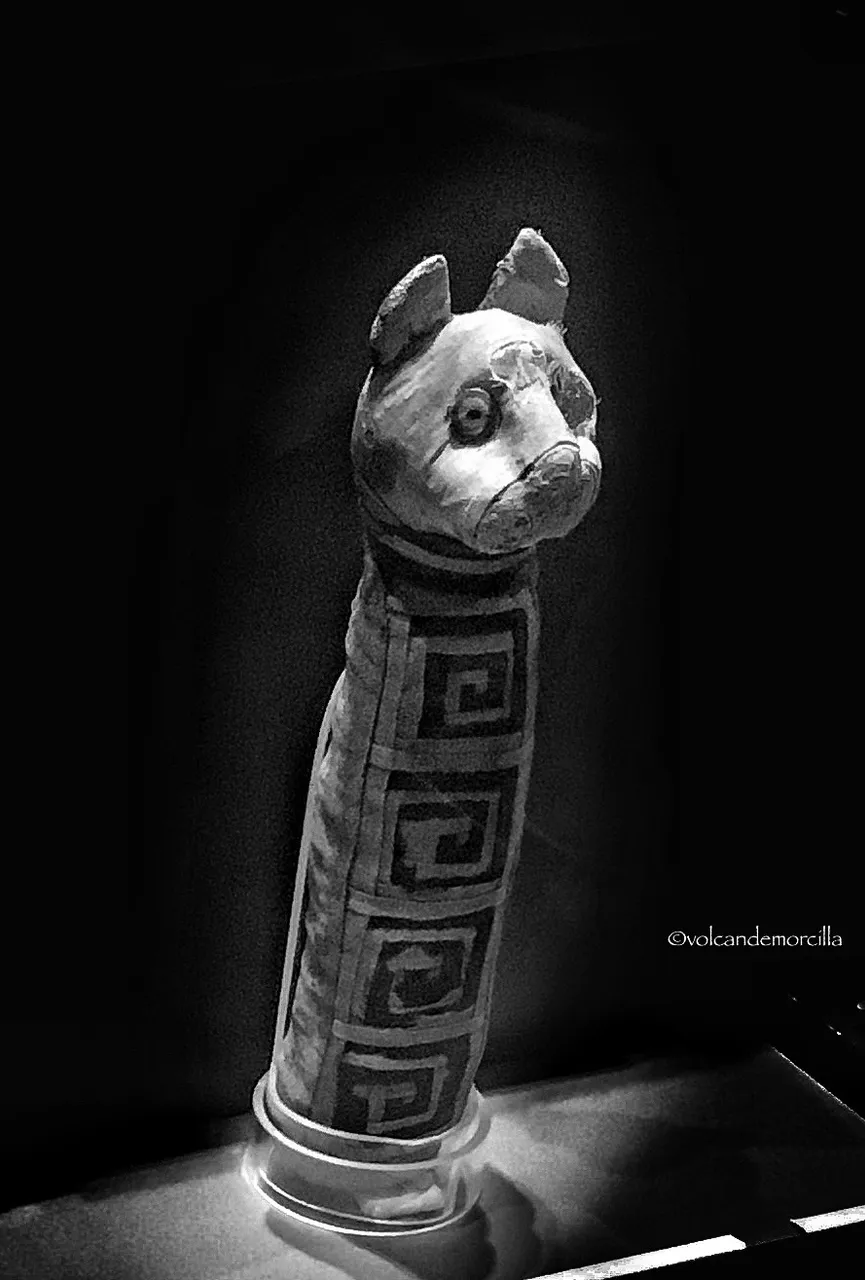
El Museo Egipcio de Turín es uno de los más importantes museos de arte egipcio del mundo. Solamente el Museo Egipcio de el Cairo lo supera en piezas arqueológicas.
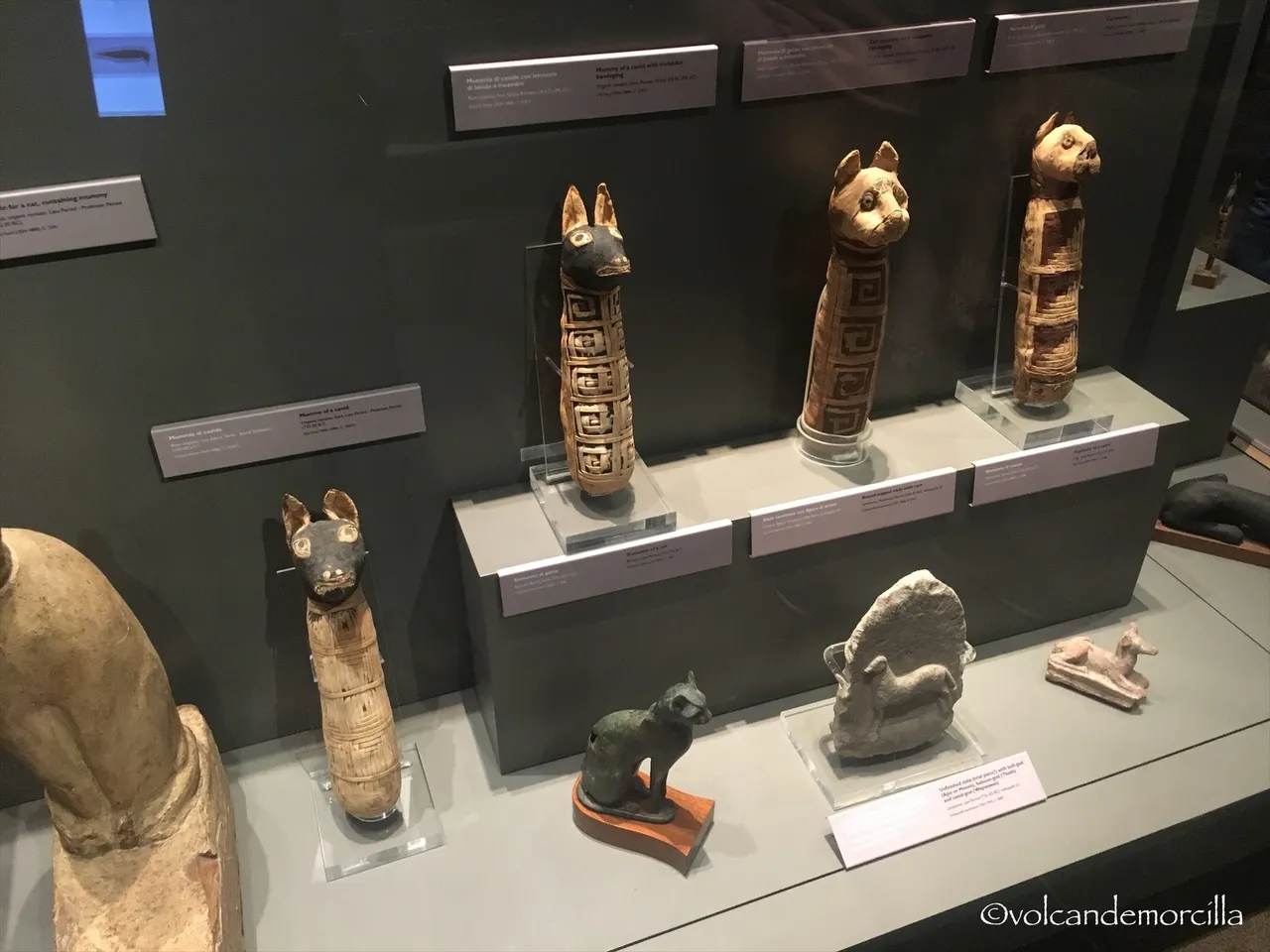
Cuando lo visité descubrí algo que no conocía. Comprobé que los egipcios también embalsamaban a los animales.
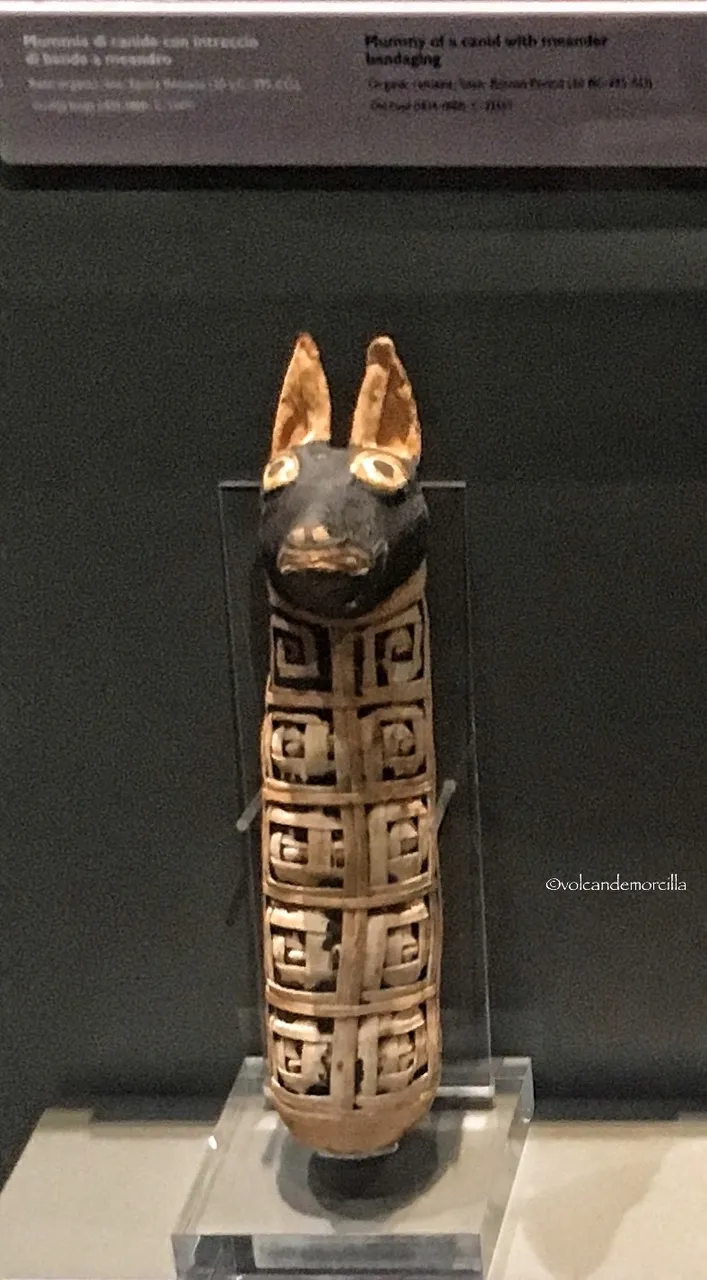
En una vitrina había animales embalsamados. No sólo preservaban con mimo a sus mascotas queridas, sino que también se hacían acompañar en sus sepulturas de otros animales talez vomo babuinos, bueyes, vacas, ibis, etc.
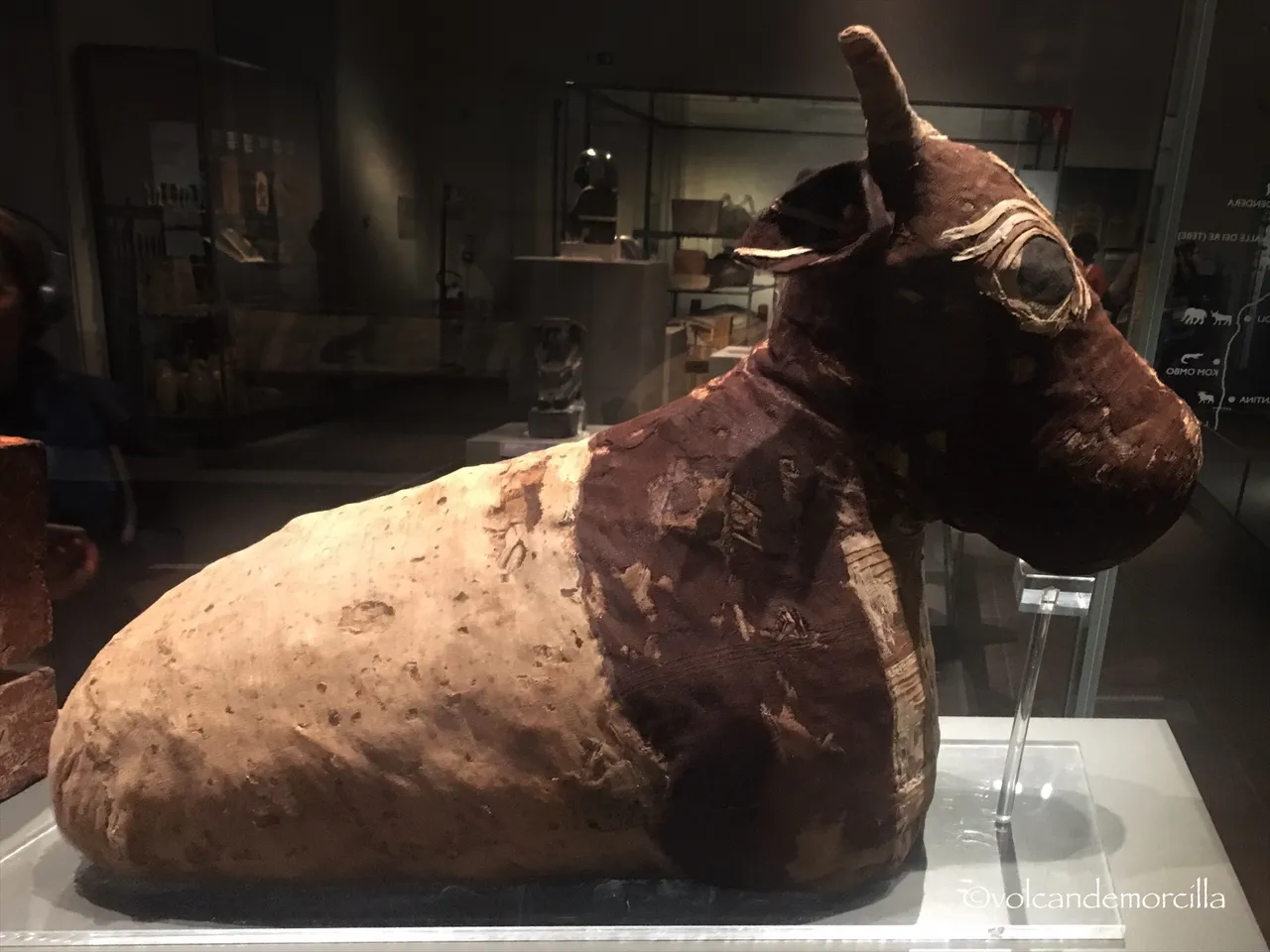
En su interés por llevarse al otro mundo lo más posible de este, momificaban otros animales, quizá decorativos. Vi en una vitrina la momia de un cocodrilo. Era de un tamaño pequeño, un metro y medio cálculo. Probablemente, este espécimen viviría probablemente en algún jardín del palacio y sería cuidado con esmero para que el faraón y su familia lo contemplara. Debía ser un animal valorado ya que se tomaron la molestia y el cuidado de momificarlo. Me pregunto que tipo de vínculo habría...
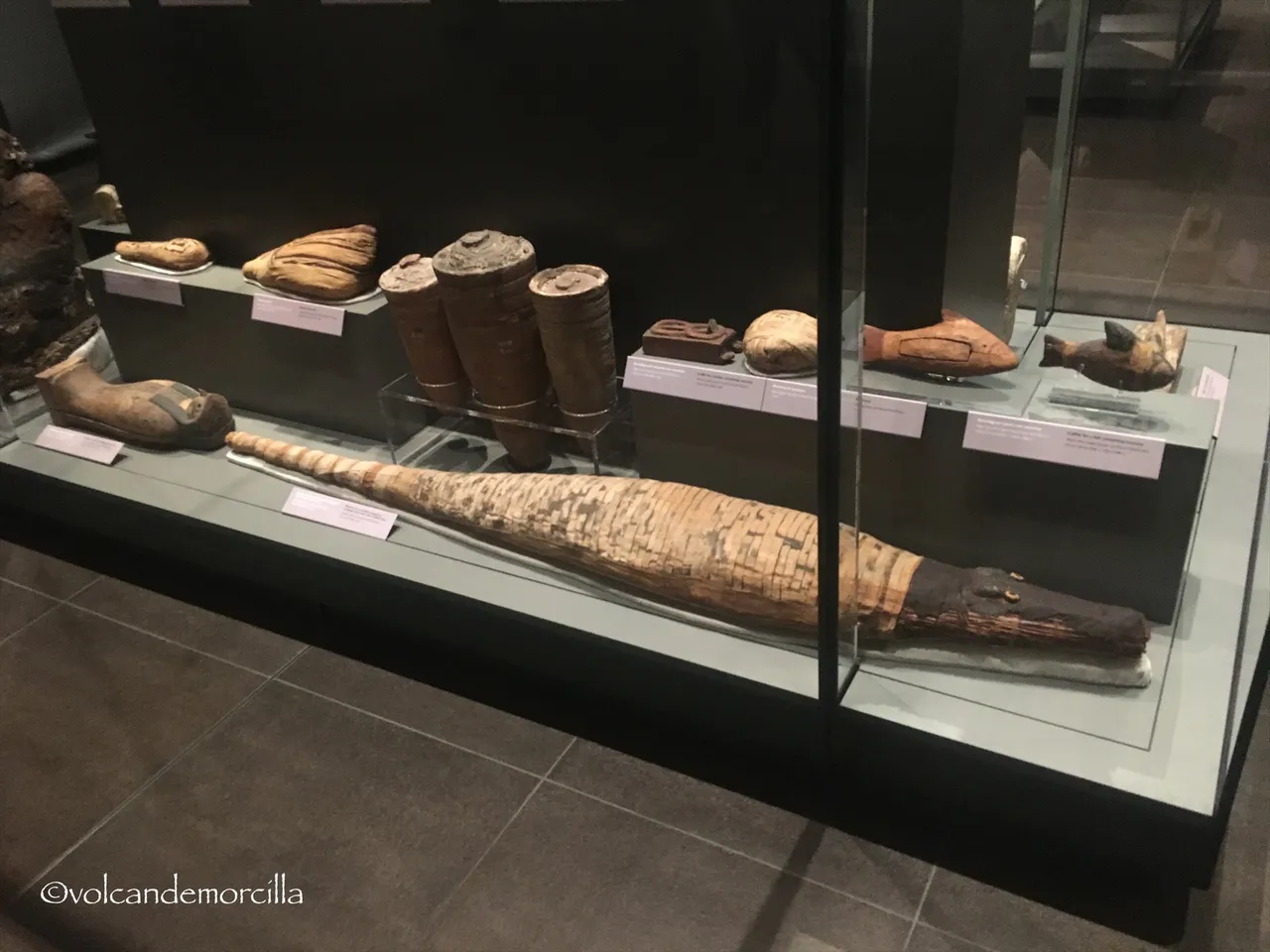
La momificación se debe a las creencias religiosas del pueblo egipcio. Este pueblo que vivía junto al Nilo creía que tras la muerte había a otra vida. Para sobrevivir en el otro mundo, había que trabajar e incluso comer, por eso era necesario disponer en el mas allá de todas las cosas propias de este mundo.
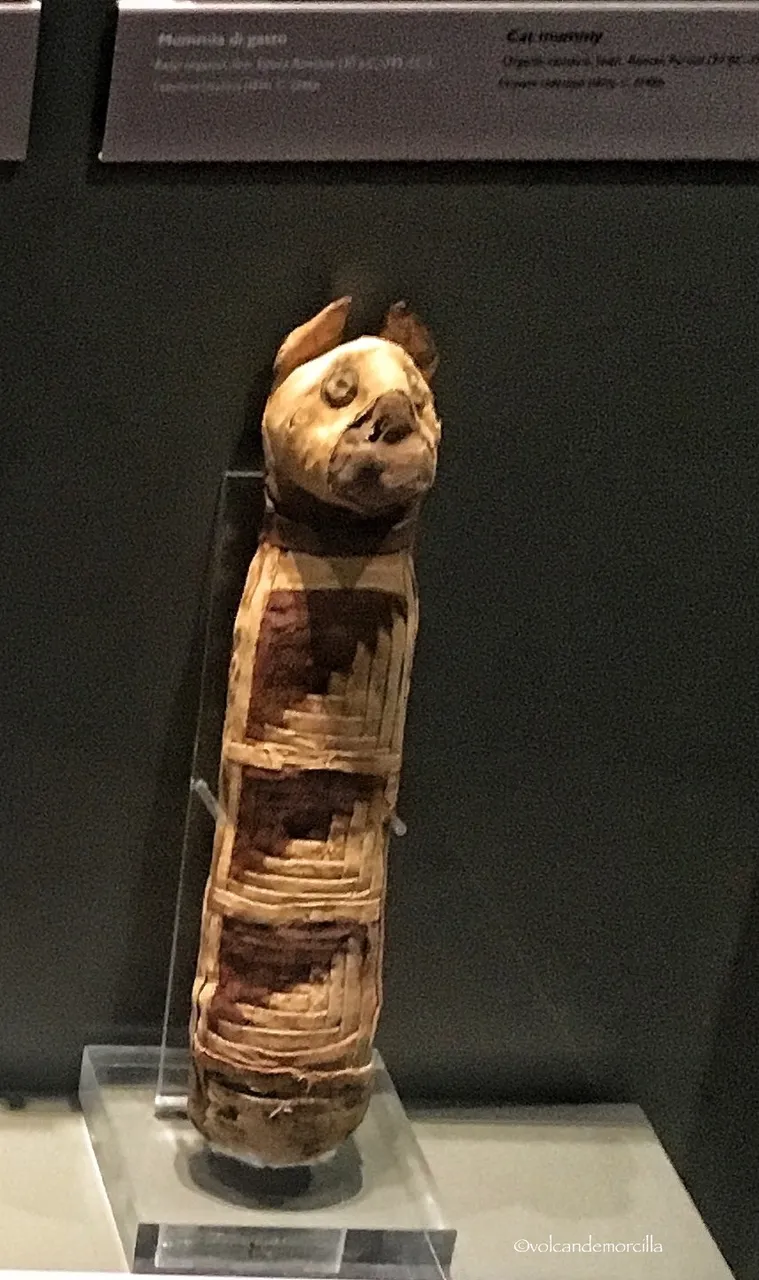
Ls zooarqueología es la rama de la arqueología que estudia los restos antiguos de animales antiguos.
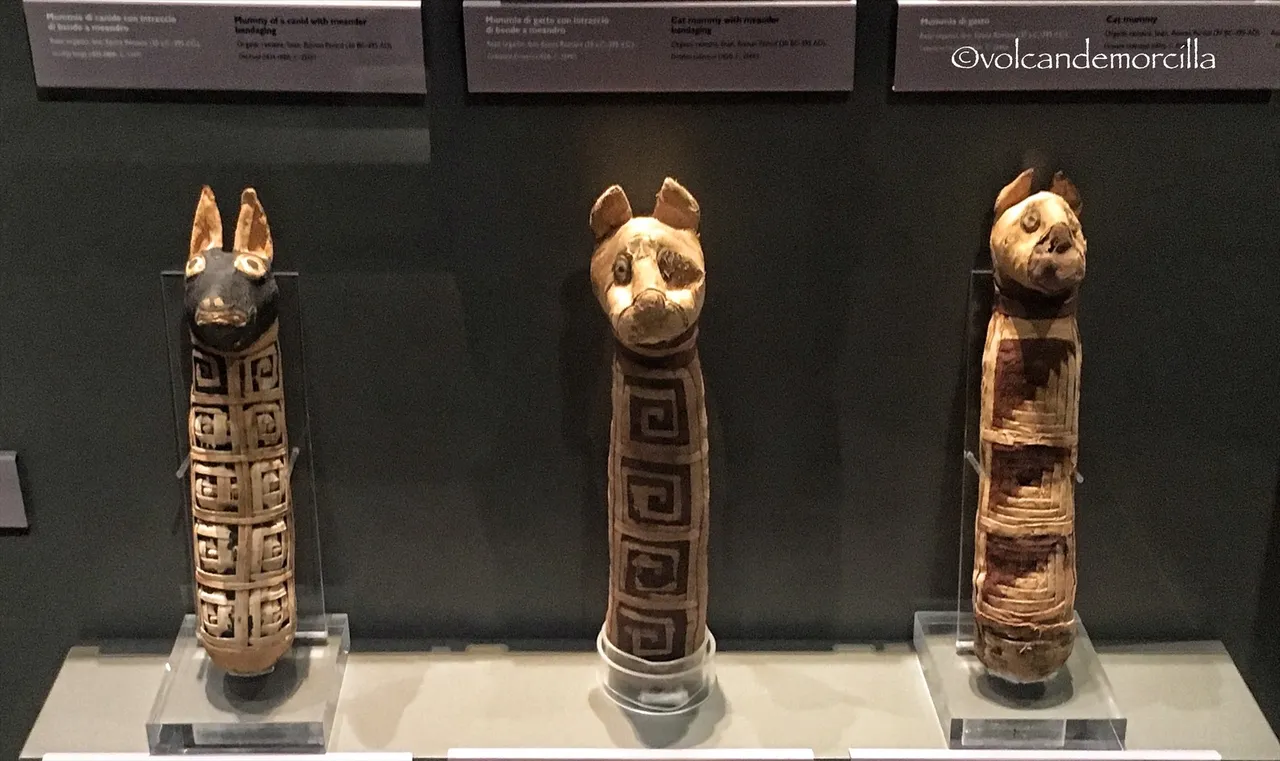
Los egipcios preservaban a sus mascotas con la misma habilidad y esmero con la que momificaban a las personas. No era algo aislado, sino que lo efectuaban con asiduidad.
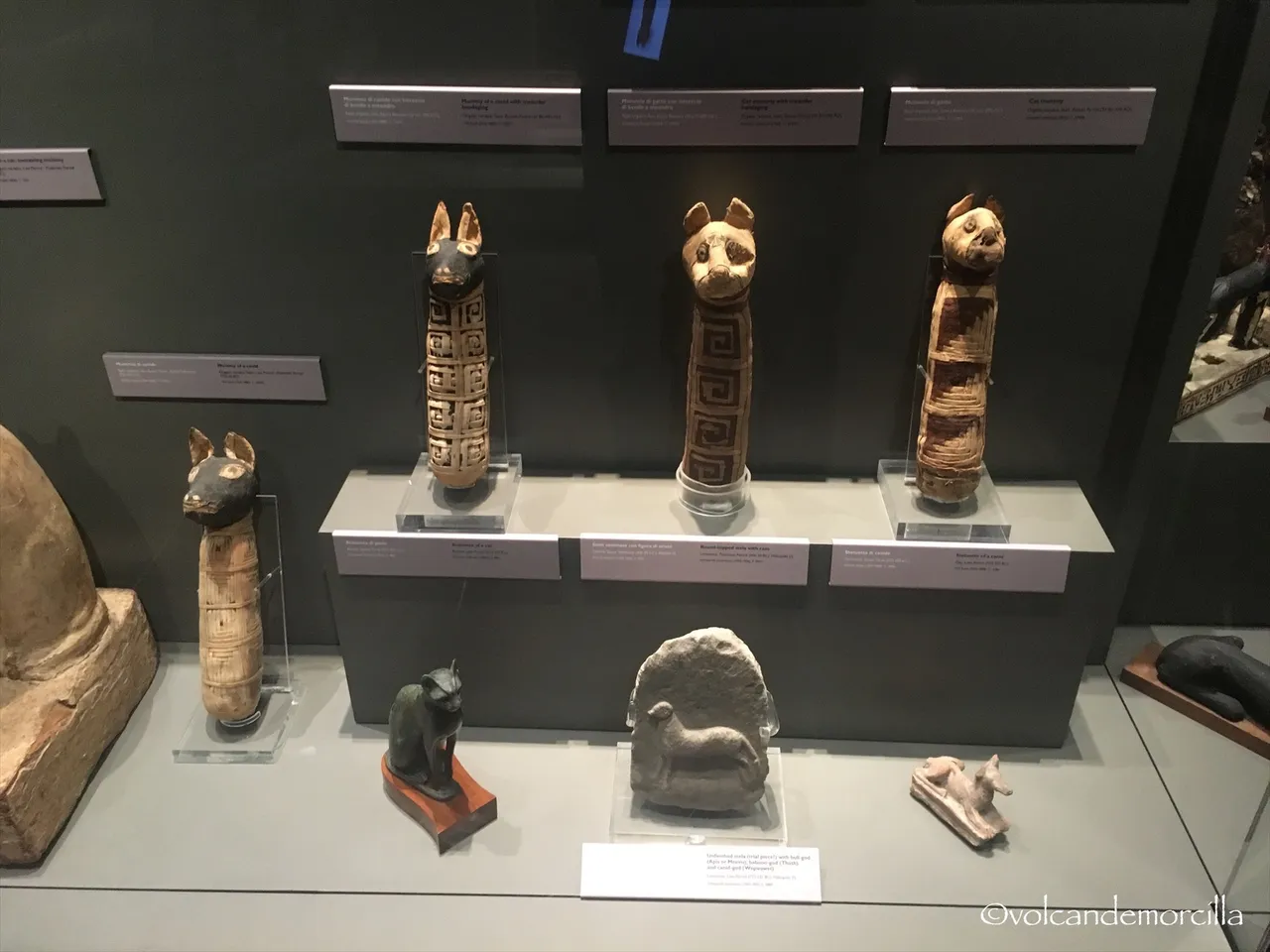
Los animales, después de ser desecados y extraídos los órganos que se pudren con mas facilidad, eran envueltos en vendas de tiras de lino y con aceite y otros elementos conservantes
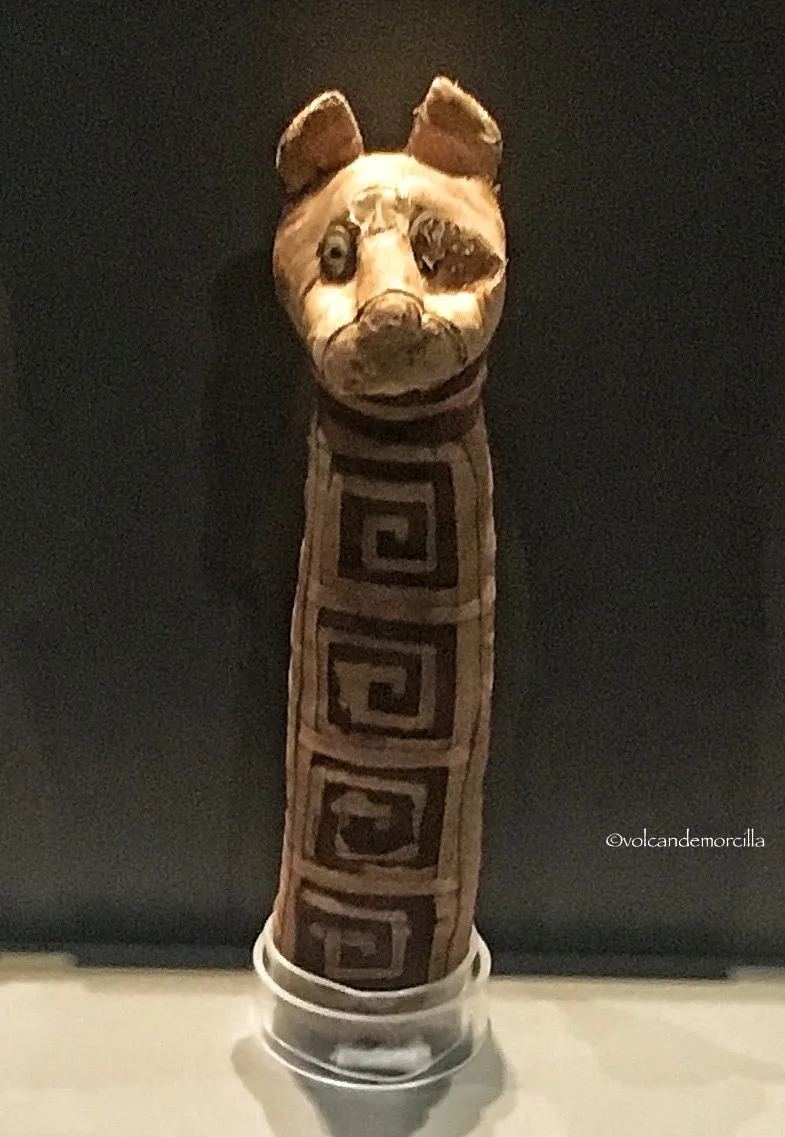
Su cariño por los animales contrasta con la figura distante, hierática y solemne del faraón.
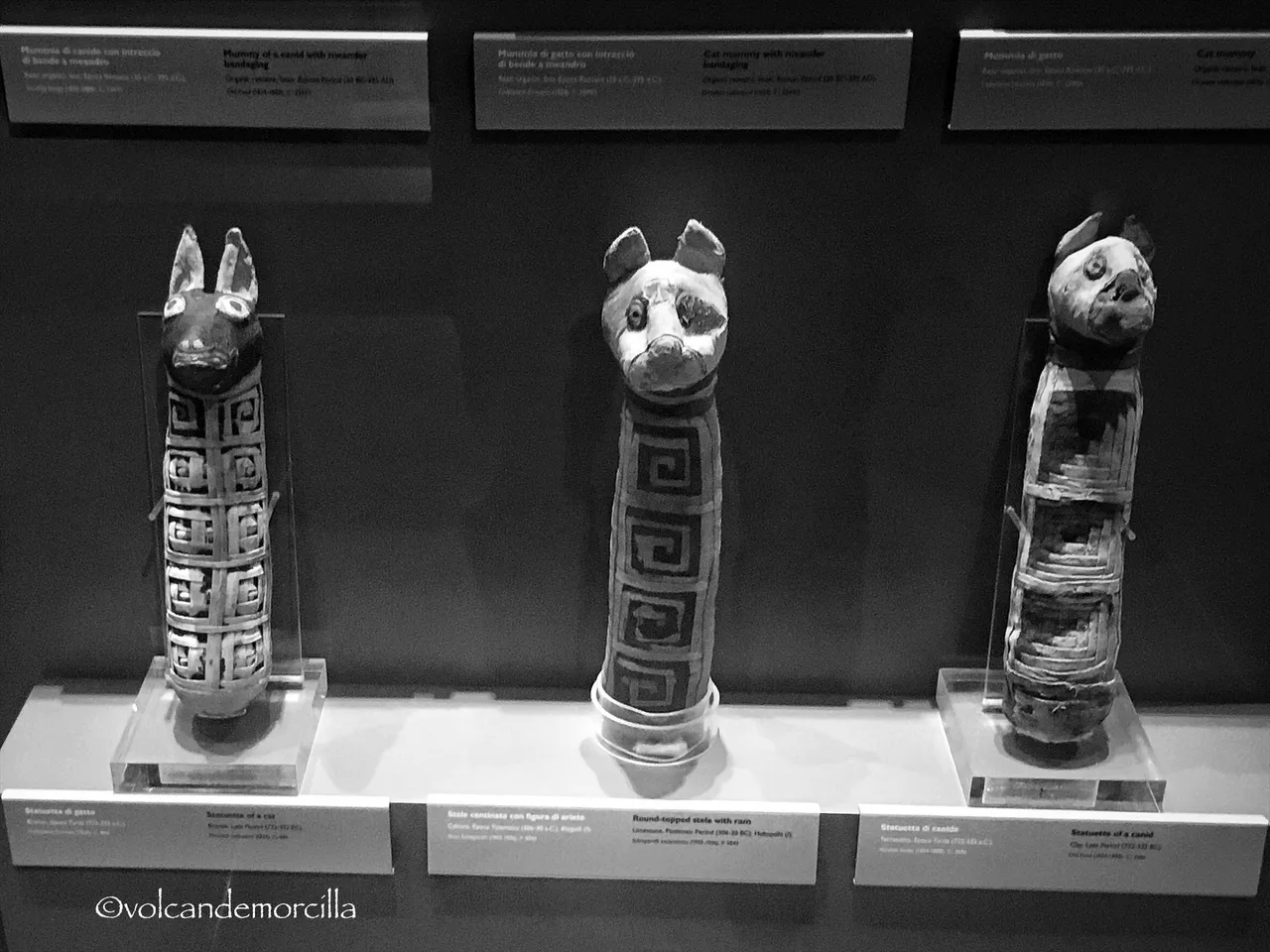
No me puedo imaginar fácilmente al faraón acariciando a sus mascotas. Quizá erróneamente, me lo imaginaba como una esfinge. Sin embargo, estas momias de mascotas me demuestran que estos seres egipcios, casi divinos, de hace 5000 años eran humanos. A pesar del tiempo, este aspecto del alma no ha cambiado. Ellos y nosotros tenemos nuestras propias debilidades y sensibilidades como todo ser humano.
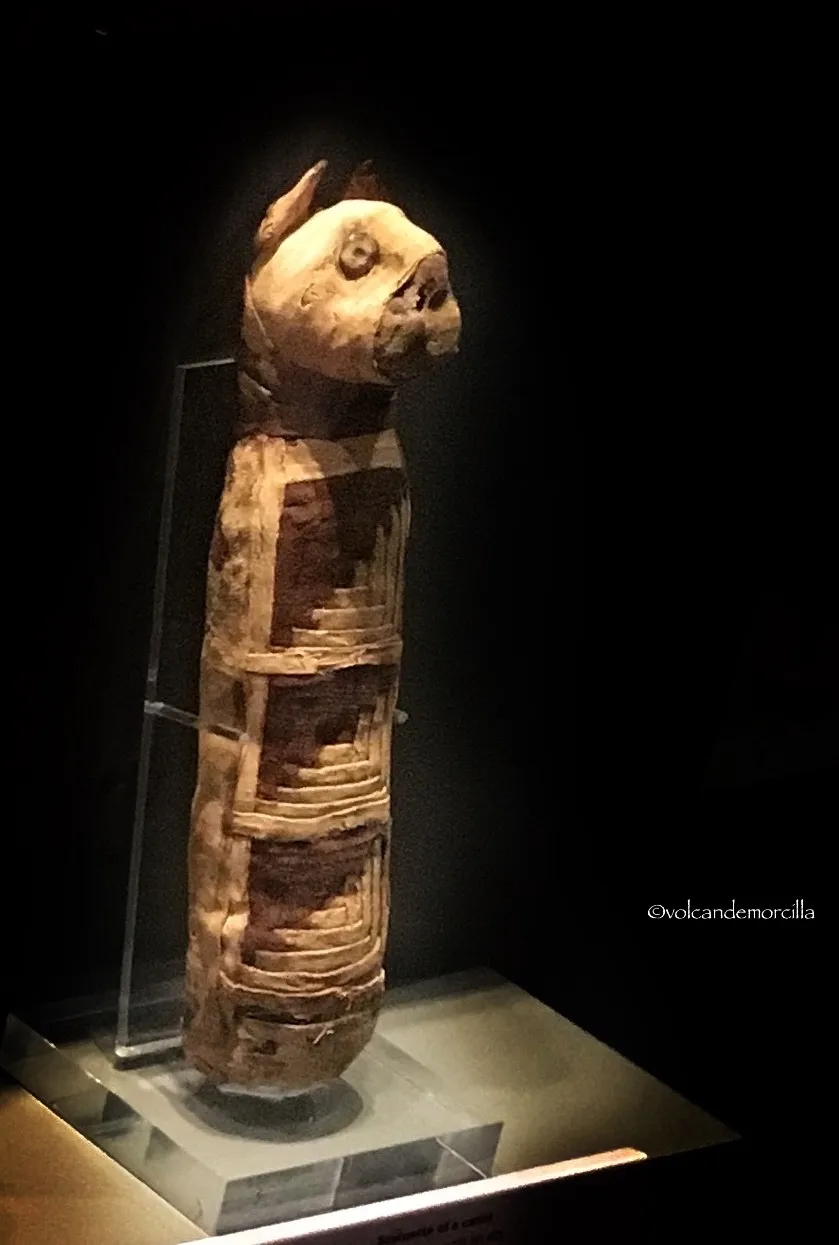
Pet mummies
In the Egyptian Museum of Turin is one of the most important Egyptian art museums in the world. Only the Egyptian Museum of Cairo surpasses it in archaeological pieces.
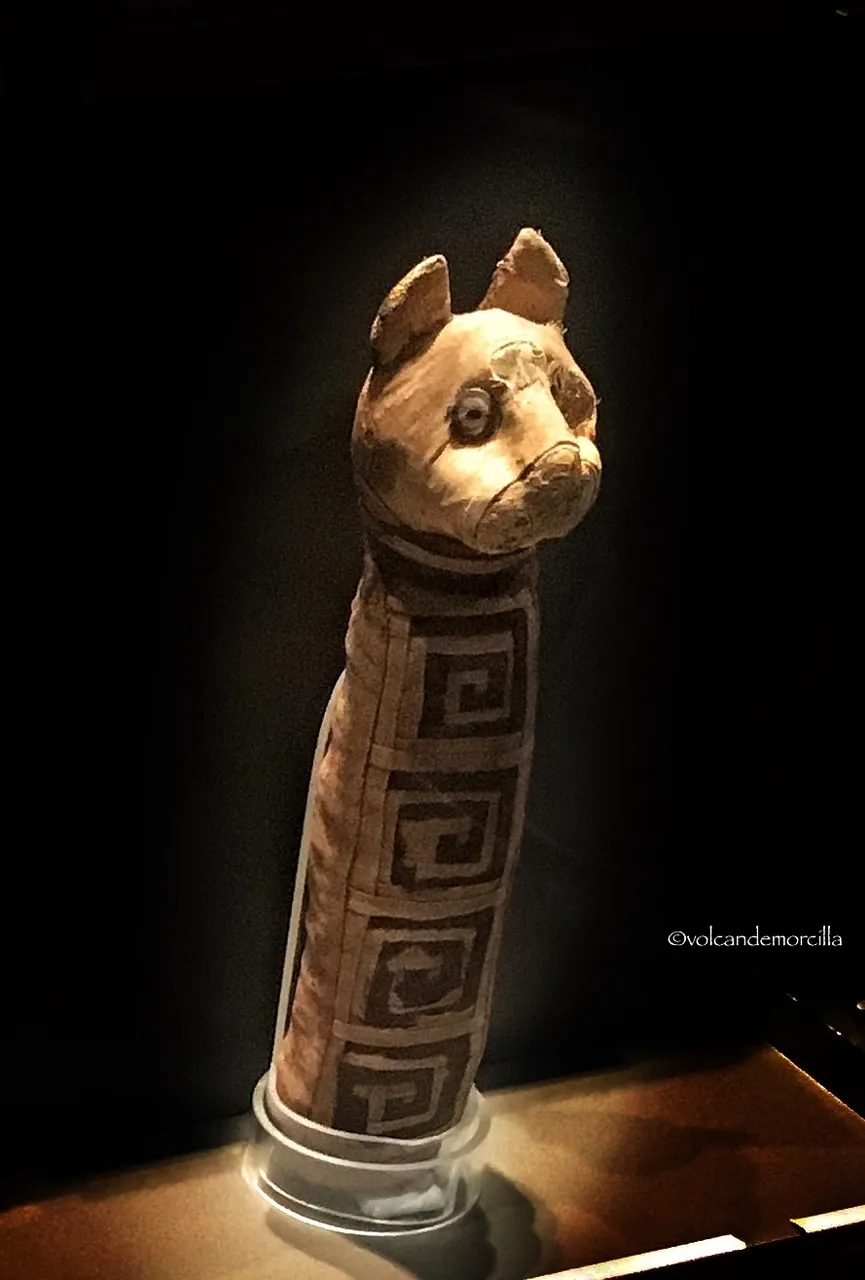
When I visited, I discovered something that I did not know, and that is that the Egyptians also embalmed the animals.
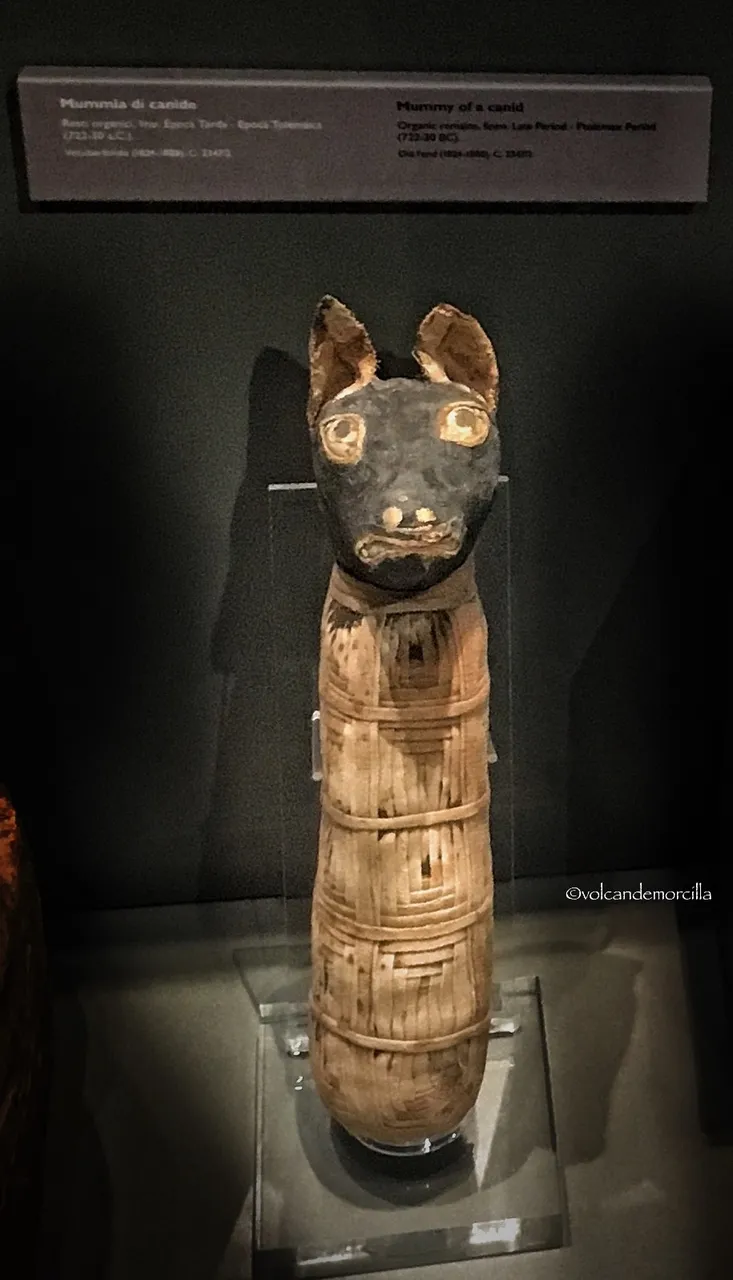
There were mummified animals in a cabinet. Not only did they carefully preserve their beloved pets, but they were also accompanied in their graves by other animals such as baboons, oxen, cows, ibises, etc.
In their interest to take to the other world as much as possible of this, mummified other animals, perhaps decorative. I saw in a showcase the mummy of a crocodile. It was a small size, a meter and a half calculation. Probably, this specimen would probably live in some garden of the palace and would be carefully taken care of so that Pharaoh and his family would contemplate it. It should be a valued animal since they took the trouble and care to mummify it. I wonder what kind of link there would be ...
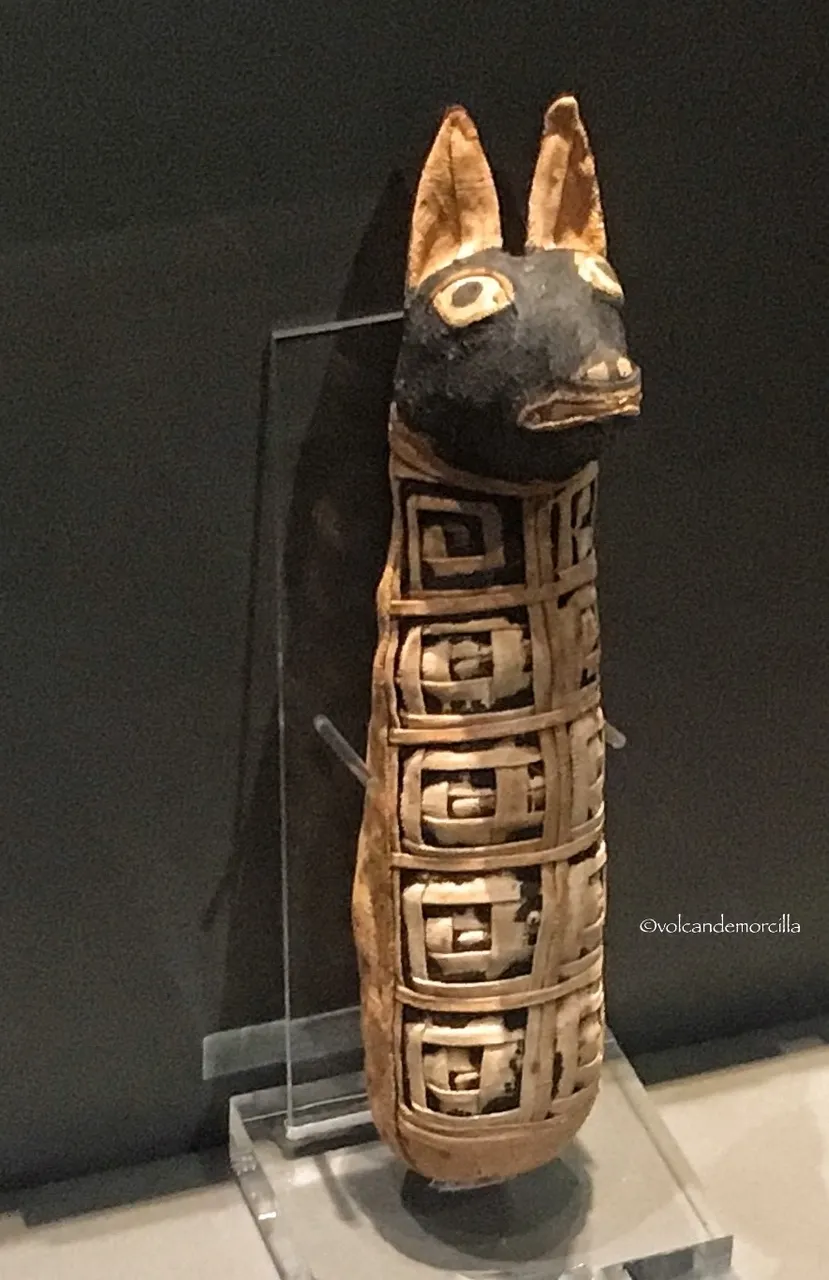
The mummification is due to the religious beliefs of the Egyptian people. This town that lived next to the Nile believed that after death there was another life. To survive in the other world, you had to work and even eat, so it was necessary to have in the beyond of all the things of this world.
Ls zooarchaeology is the branch of archeology that studies the ancient remains of ancient animals.
The Egyptians preserved their pets with the same skill and care with which they mummified people. It was not something isolated, but they did it with assiduity.
The animals, after being dried and extracted the organs that rot more easily, were wrapped in bandages of linen strips and with oil and other preservatives
His love for animals contrasts with the distant, hieratic and solemn figure of Pharaoh.
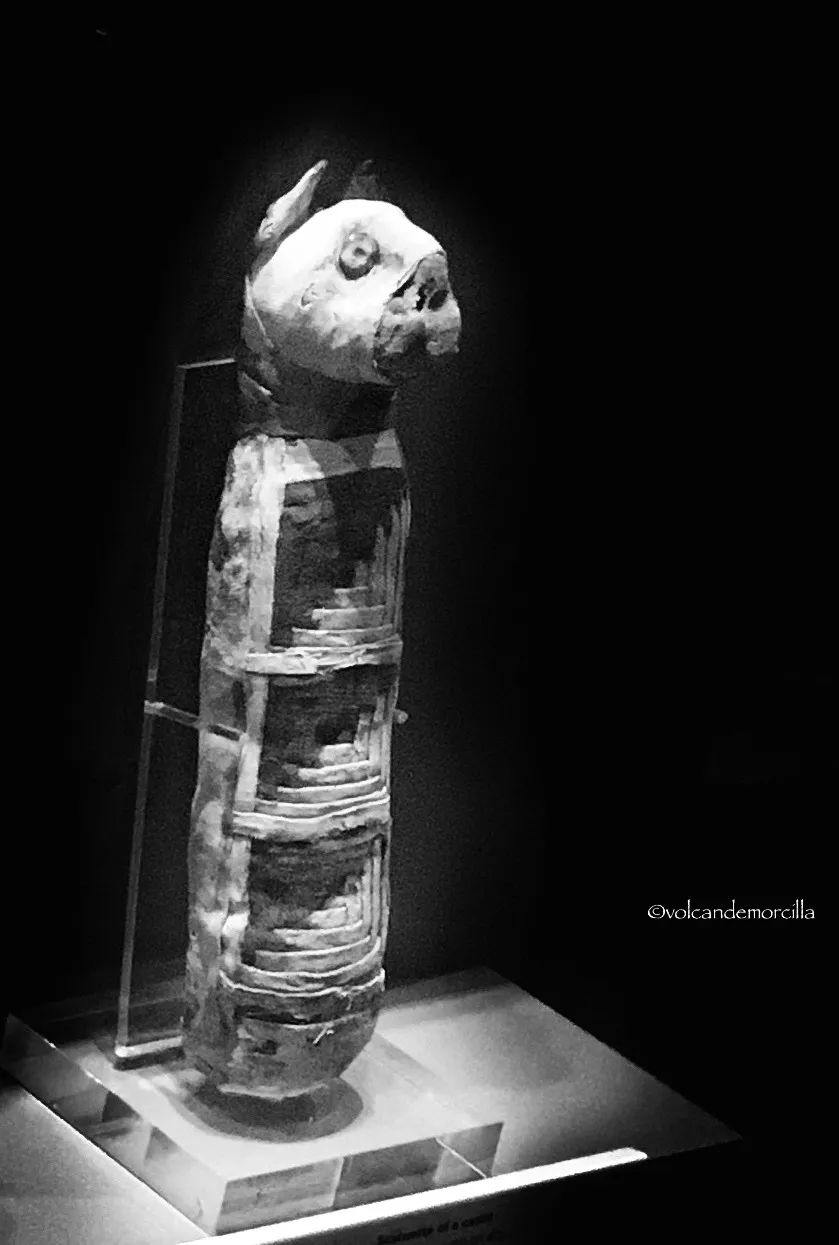
I can not easily imagine Pharaoh stroking his pets. Perhaps mistakenly, I imagined him as a sphinx. However, these pet mummies show me that these Egyptian beings, almost divine, from 5000 years ago were human. Despite the time, this aspect of the soul has not changed. They and we have our own weaknesses and sensitivities like every human being.

Cómo lo hago
Hice la fotografía con mi iPhone X. Para la edición utilicé la aplicación Snapseed y para la firma digital usé la App Watermark.
Todo lo hice en el teléfono móvil no use el ordenador para nada.
Los dibujos los hice en el iPad con el programa Sketches.
For the photography I use my iPhone X. For edition I use the Snapseed application and for the digital signature the Watermark app.
Everything I did on my mobile phone, I did not use the computer at all.
For the drawings, I use the Sketches program and paint them on the tablet.
Si quieres ver como lo hago, visualiza estos tres enlaces de publicaciones previas.
If you want to see how I do it, visualize these three links from previous publications.


Original design for @talentclub de @carlos-cabeza
Las fotos son mías y originales. También, soy el autor del dibujo separador.
¡Espero tus comentarios!
The photos are originals and mine. Also, I am the author of the separator drawing.
I await your comments.
¡Buen Camino!